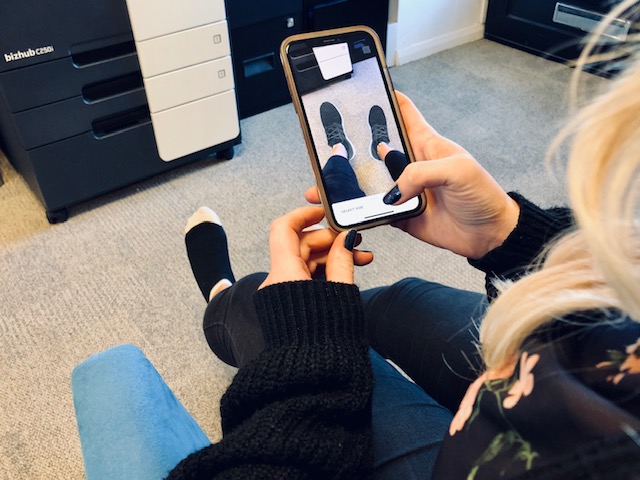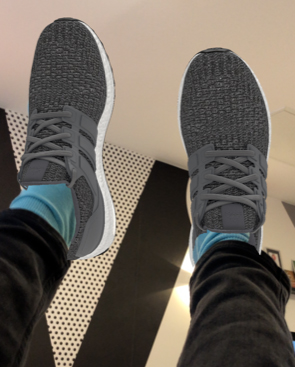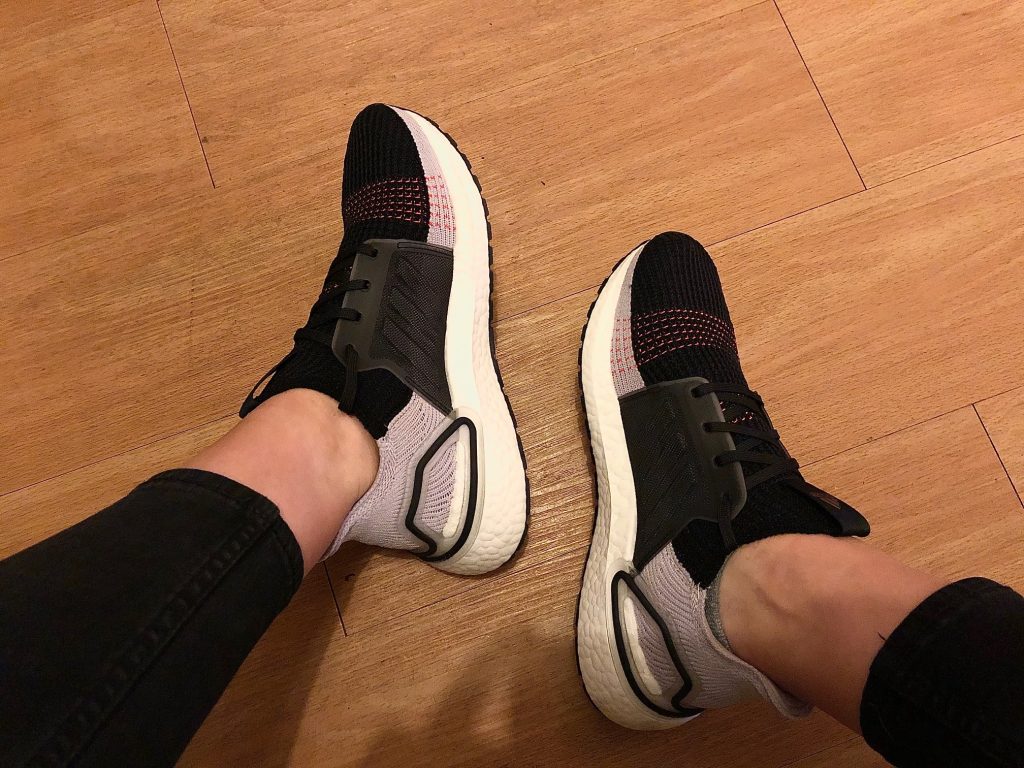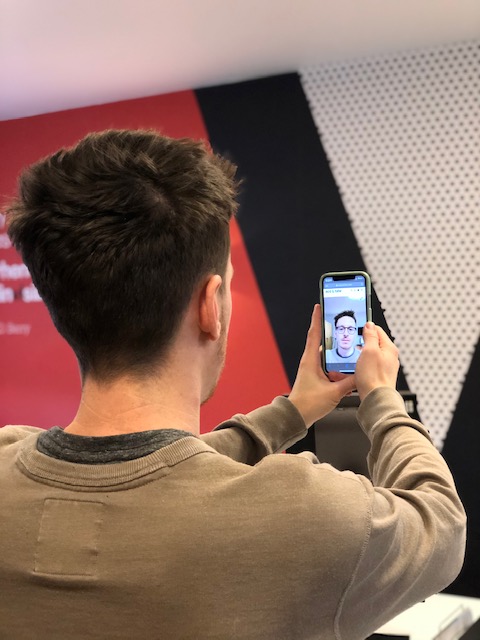Exploring the benefits of AR Technology with the ability to try-on consumables with ease…
Augmented Reality technology enhances consumer experiences while offering an enhanced experience with the use of advanced computer vision and object recognition.
The rapid growth of AR technology is changing the perception of online shopping. This futuristic technology offers an interactive experience where consumables are augmented. It creates a perfect blend of computer-generated objects/products and the real-world environment, which is guaranteed to impact the retail world in the coming years.
Over the past year or so, AR has really made its mark worldwide, with smartphone apps such as Instagram introducing fun and interactive ‘filters’ for us to experiment with at leisure.
Adidas ‘try-on’ feature
Adidas is leading the way in revolutionary online footwear purchasing technology with their AR try-on feature, which launched on their iOS app in November 2019. The sports brand giants have used their app to its full potential – incorporating technology powered by Vyking who’ve built a proprietary IP, which is able to track human feet allowing for ‘on foot’ product visualisation.
Our Marketing Exec. Lauren tried this out recently whilst shopping for a new pair of running shoes and it’s safe to say we love it!
The quality is incredibly realistic once rolled out across all ranges, we have no doubt it will completely revolutionise the online shopping experience for their customers.

Any excuse to shop… 
Feet up Friday 
Purchased…it works!
Lauren purchased a pair of Ultra boosts as a result and was able to kick-start her half marathon training the following day.
Ace and Tate
Our Digital Director, Scott tried this virtual try-on feature via the app, allowing him to try on as many styles as he liked and order a selection of sample frames which arrived the next day in the post!
By the end of 2020 46% of retailers plan to deploy VR and AR customer experiences
AR-enabled Shopping Technologies
Forward-thinking retail brands are incorporating AR technology into the customer experience, both in-store and online.
Millions of online users are utilising AR technology. Companies like Topshop and Charlotte Tilbury bought AR into their retail experience and continue to follow developing trends – with AR-enabled mirrors in dressing rooms, allowing shoppers to select an alternate colour of the item they are wearing, or try out different make-up looks without the mess!
As part of this upward trend, the use of mobile AR is only going to become more and more widespread. As we now have easier and cheaper access to the latest, more powerful smartphones, AR is playing a bigger role in our mobile experiences.
Expect to see more from the Gaming world…
Games like Pokémon Go took the world by storm, using AR technology that allows you to interact with the world around you from behind the screen of your smartphone – creating the next level of gaming simulations.
Samsung and Apple are driving the integration of AR with their smartphone apps, looking to improve the usability as they produce increasingly intelligent hardware.


